November 2025 skywatching guide: This year's biggest supermoon, Leonids fireballs and more
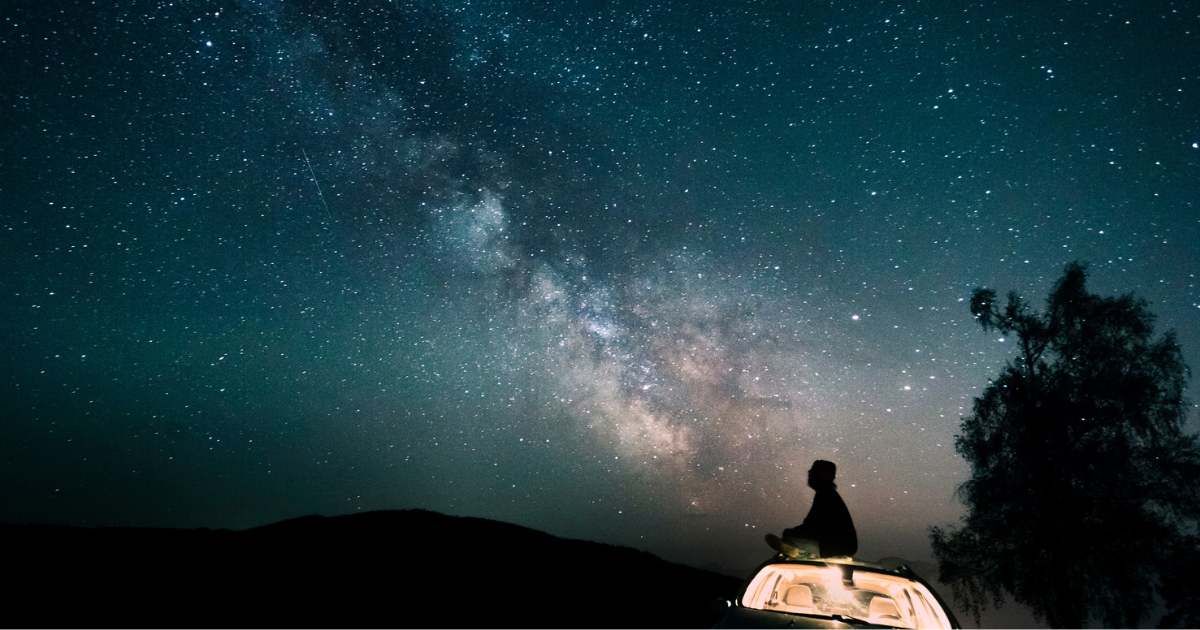
Stargazers, prepare your calendars. November 2025 is shaping up to be an action-packed month for celestial observation, featuring a record-breaking Supermoon, two meteor shower peaks, and a rare alignment of the outer planets. Here are the must-see astronomical highlights to look forward to.
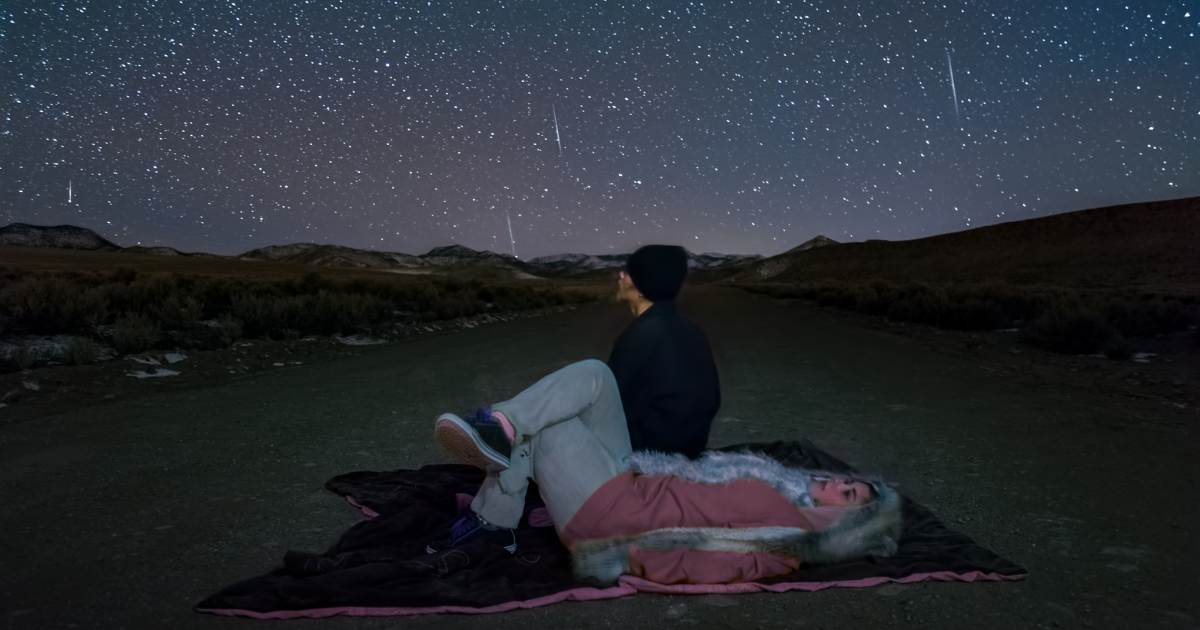
November 1: Mercury's highest evening view
The swift planet Mercury reaches its maximum visible altitude in the evening sky, with a magnitude of -0.2. However, observers in northern latitudes, such as New York City, will find this a challenging, low-on-the-horizon viewing 7° at sunset), as per In-The-Sky.org.

November 2: Moon-Saturn conjunction
The Moon and ringed planet Saturn stage their first close encounter of the month, appearing just 3°13' apart. According to In-The-Sky.org, visible in the southeastern sky shortly after dusk, the pair will climb to a 45° altitude before midnight.

November 5: Supermoon
The Full Hunter's Moon officially occurs at 13:19 GMT. This is the biggest and brightest Supermoon of 2025, presenting a disk 7.9% larger and 16% brighter than a regular Full Moon. It shines from the constellation Aries, as per Starwalk.

November 7: Lunar occultation of Beta Tauri
The Moon passes directly in front of the bright star Beta Tauri (Elnath), according to In-The-Sky.org. This stellar eclipse will only be visible across parts of South America and Africa, though a close pairing will be observable elsewhere.
November 10: Moon-Jupiter Close Approach
The 70%-illuminated Moon moves into close proximity with the giant planet Jupiter (mag -2.4). The duo will be easily observable with the naked eye or binoculars in the constellation Gemini, with their closest separation at 3°51' occurring at 09:09 GMT, as mentioned on Starwalk.
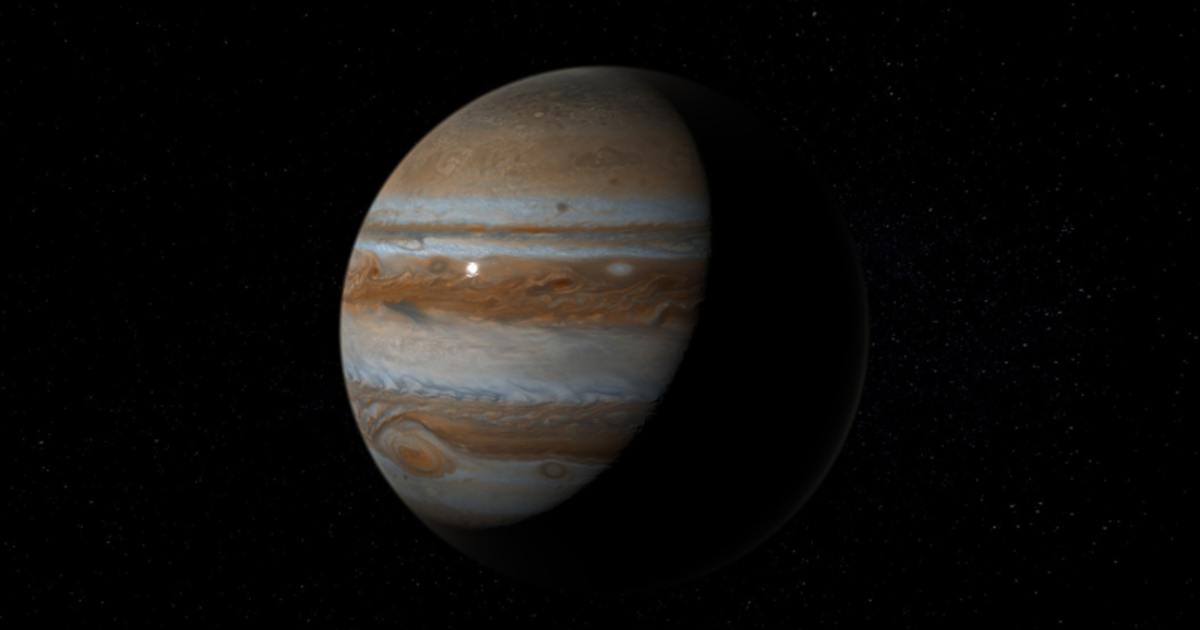
November 11-12: Northern Taurid meteor peak
The Northern Taurids, active until December 10, reach their peak, offering a modest rate of up to 5 meteors per hour. This shower is renowned for producing a high number of bright, dramatic fireballs. Note: 61% lunar illumination will interfere with dimmer sightings.
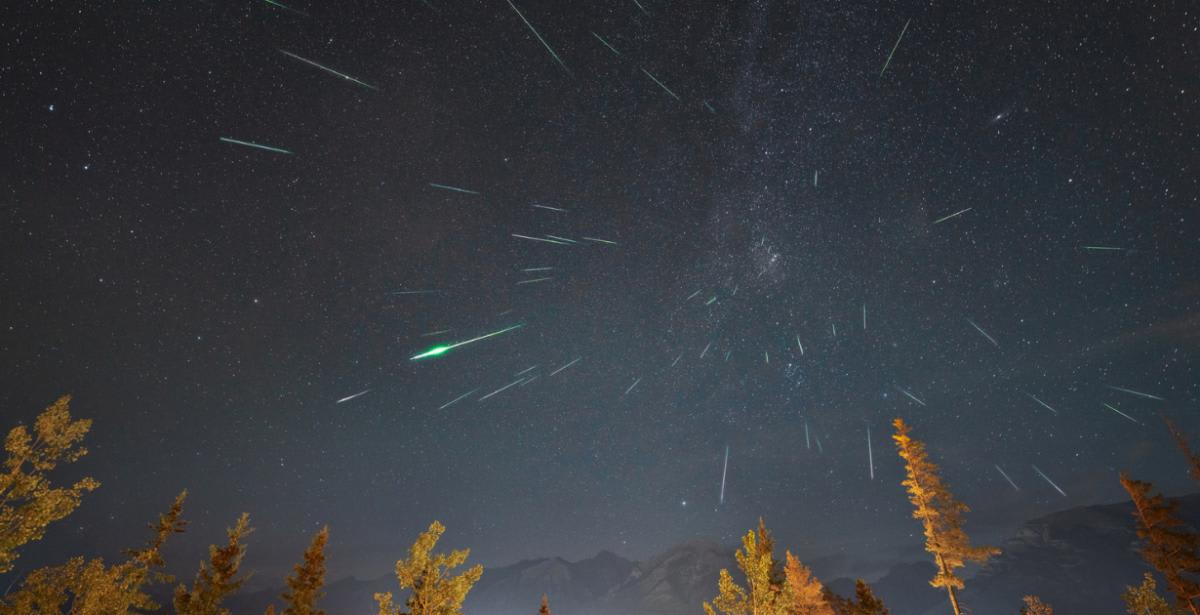
November 17-18: Leonids meteor shower peak
This highly anticipated shower peaks with a favorable forecast of 10-15 meteors per hour. With minimal interference from the 7%-illuminated Moon, viewing conditions are excellent. The radiant in Leo rises around midnight, reaching its zenith at dawn.
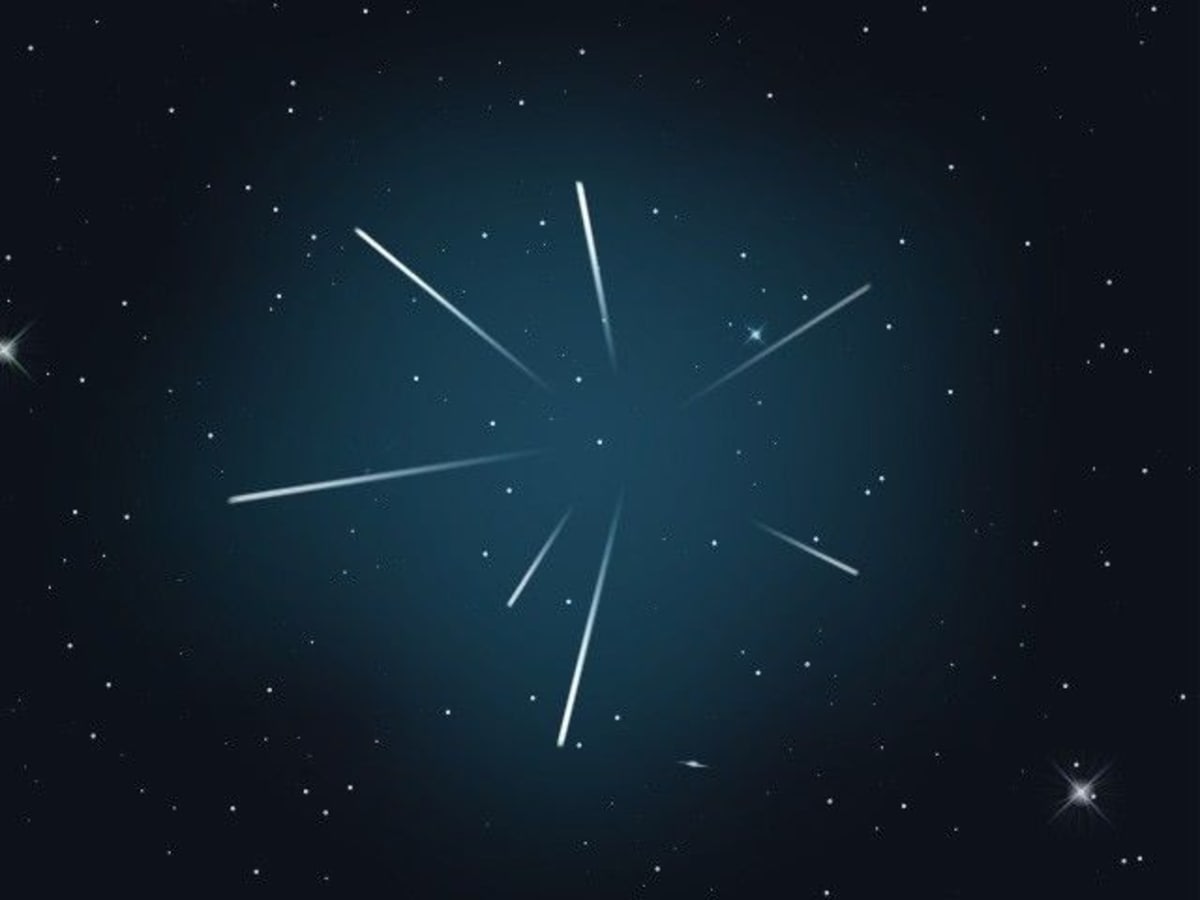
November 21: Uranus at opposition
The ice giant Uranus (mag 5.6) reaches its closest point to Earth and is fully illuminated by the Sun (12:17 GMT). This represents the best viewing window of the year to observe the planet, though binoculars or a telescope are still required to spot it in the constellation Taurus.

November 22: Moon at perihelion and Comet 210P/Christensen perihelion
The Moon reaches its closest orbital point to the Sun (0.9852 AU), an event that occurs near the time of the New Moon, per In-The-Sky.org. On the same night, Comet 210P/Christensen makes its closest approach to the Sun at a distance of 0.52 AU.
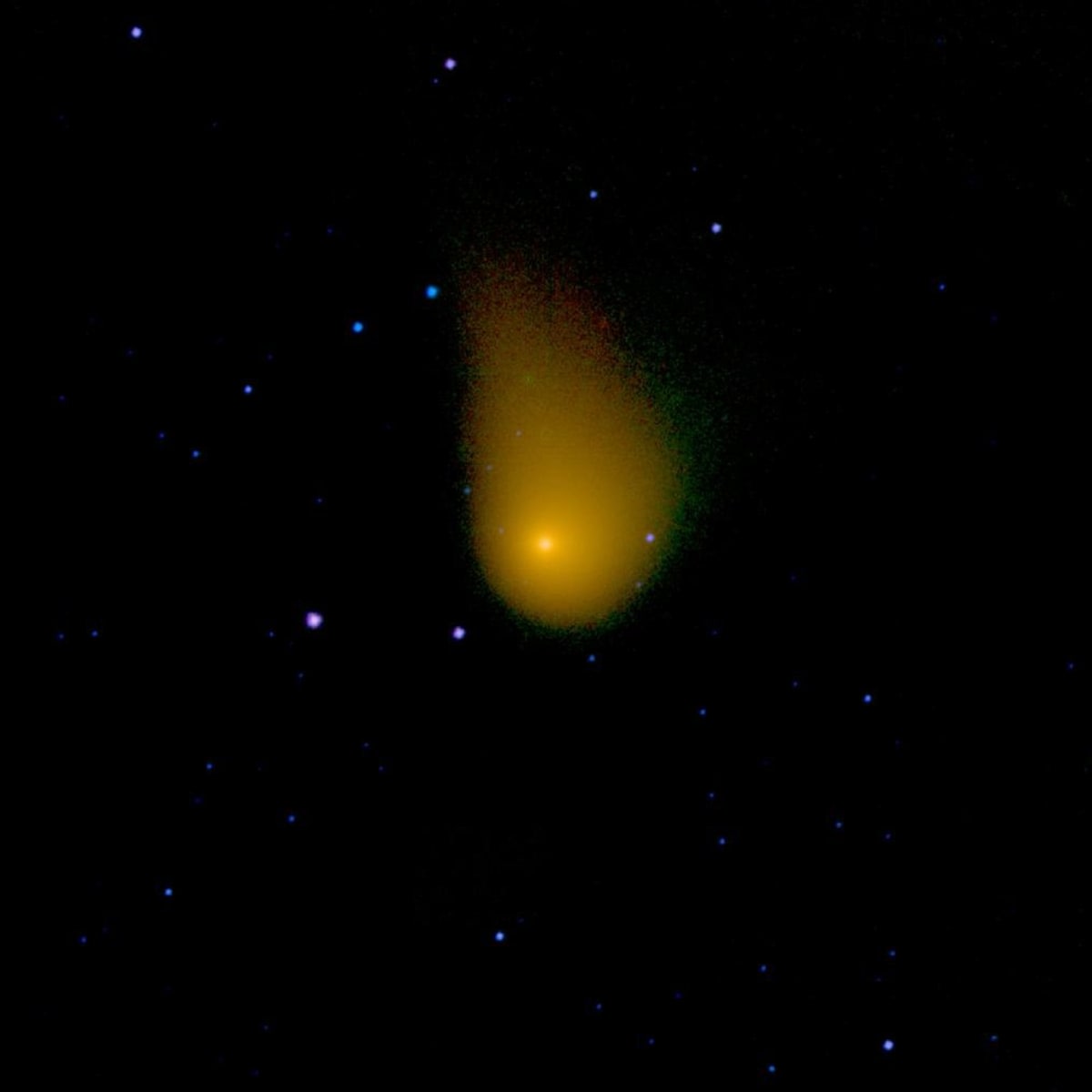
November 28: Orionid meteor Peak
The November Orionid meteor shower reaches its highest activity rate and will be active from 13 November to 6 December. Meteors will be visible when the shower's radiant in the constellation Orion is above the horizon, as per In-The-Sky.org.
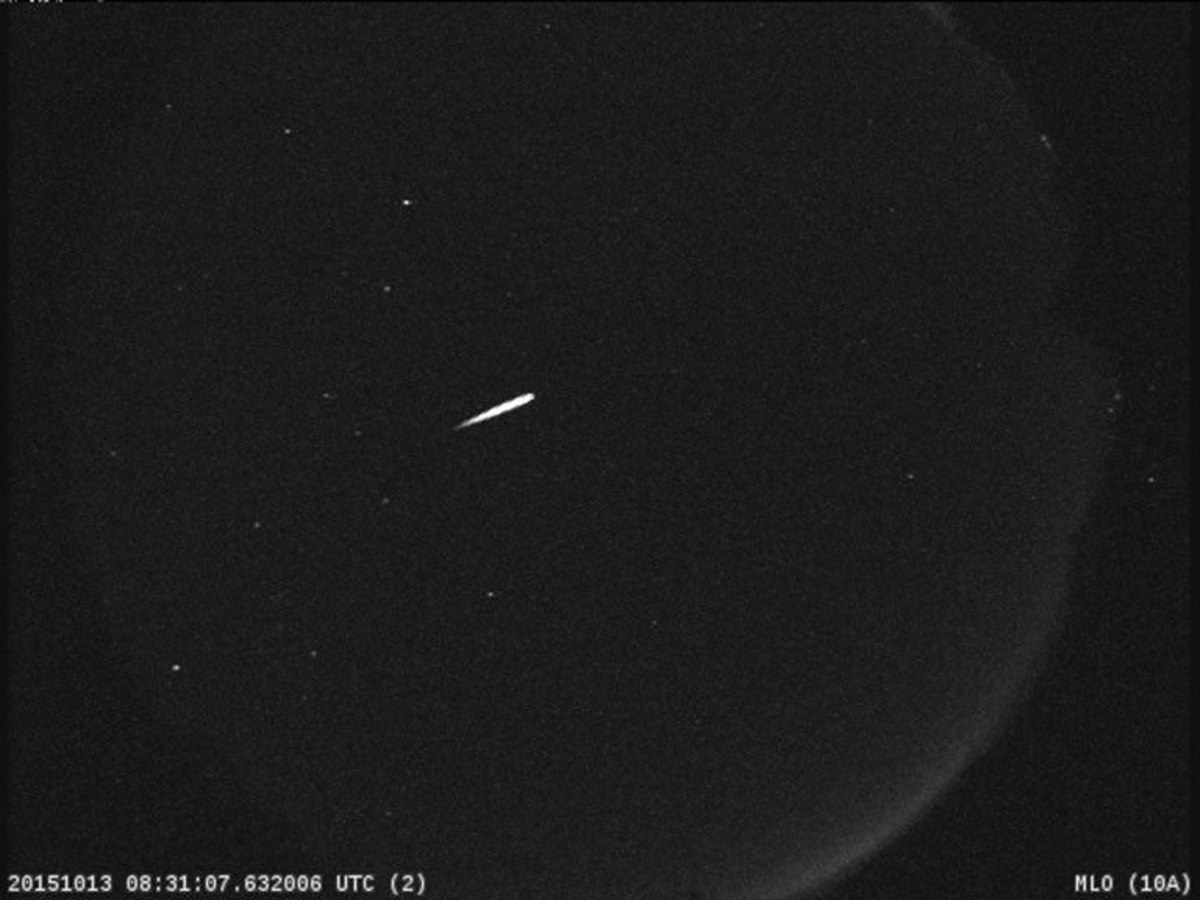
November 29: Moon-Saturn final conjunction
The 9-day-old Moon and Saturn (mag 0.8) have their second close encounter of the month. They will be separated by 3°18', offering a picturesque pairing visible with the naked eye or binoculars between the constellations Pisces and Aquarius, per In-The-Sky.org.
More on Starlust
Beaver Moon 2025: When and how to see the November Supermoon
Don't miss Southern Taurids meteor shower peaking around November 4—best viewing tips









